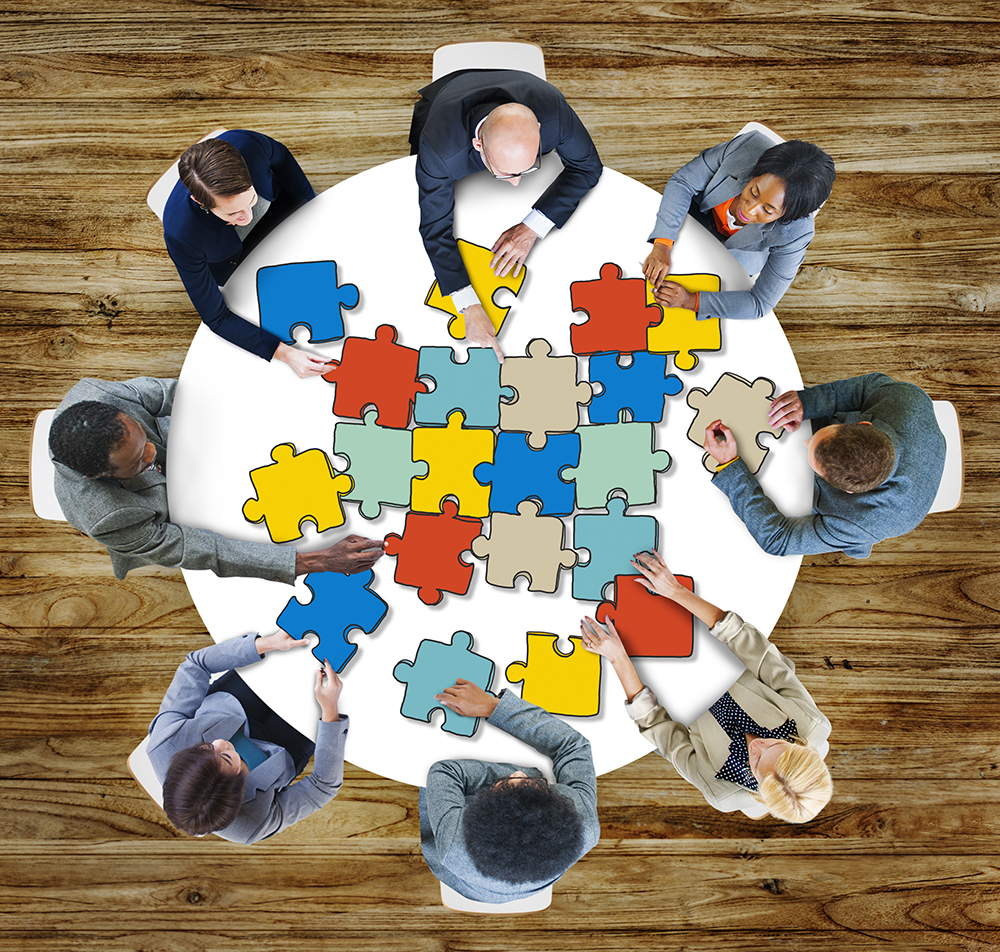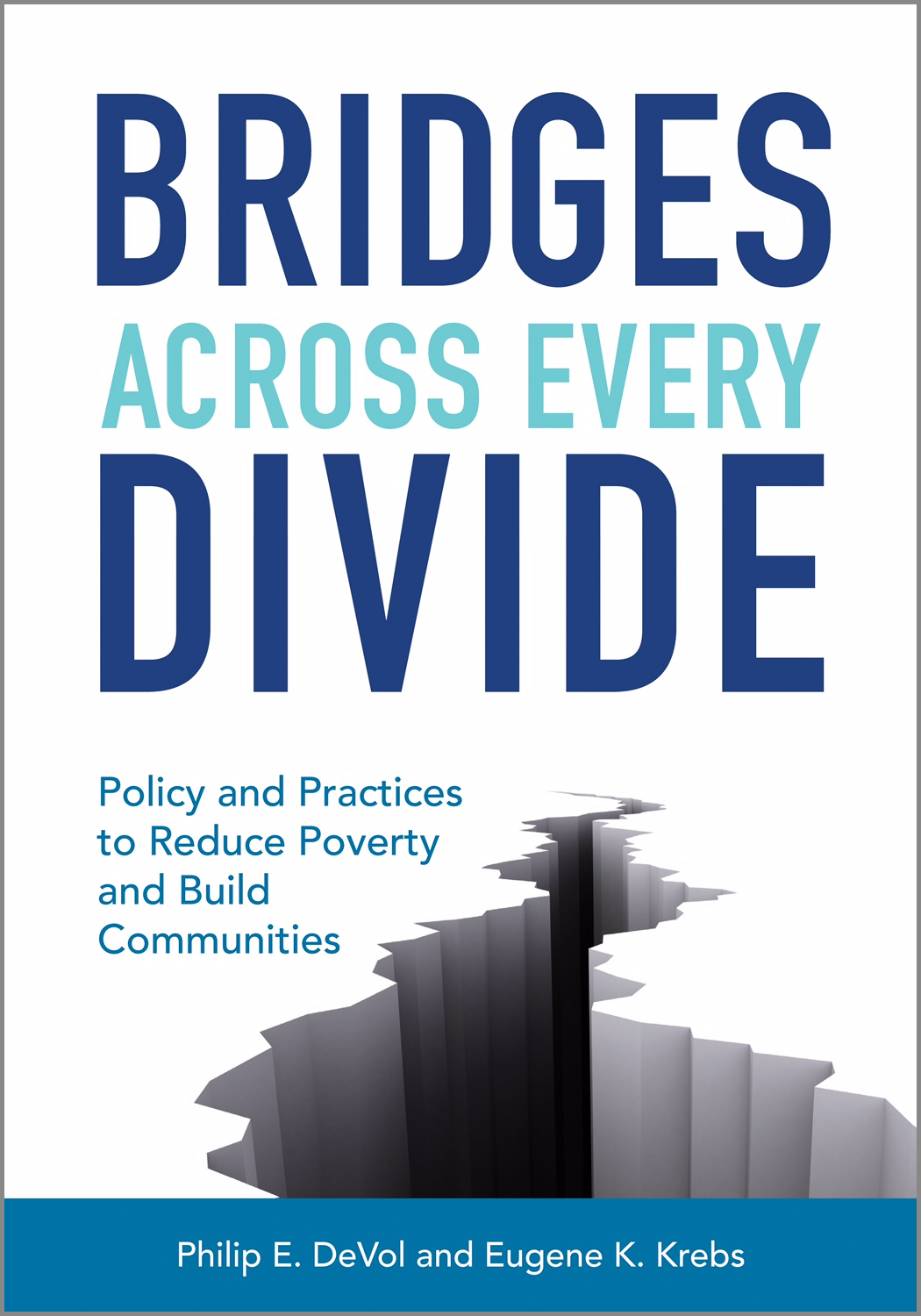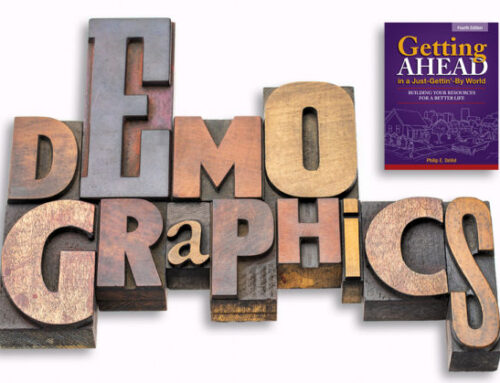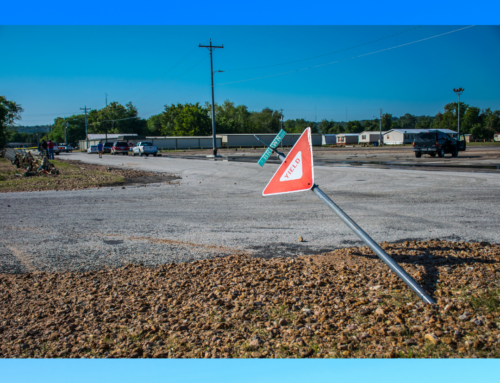 Bridges Across Every Divide has the keys to understanding the class divisions in the USA. From creating a mental model to understanding that people in poverty are not the problem, but rather are problem solvers, the book begins the education of the reader on modern class divisions.
Bridges Across Every Divide has the keys to understanding the class divisions in the USA. From creating a mental model to understanding that people in poverty are not the problem, but rather are problem solvers, the book begins the education of the reader on modern class divisions.
Only by bringing the poor and working poor to the table, giving them tools to understand and communicate, can the other two classes begin to deal with the problems with poverty and figure out how they can be of assistance in solving that issue.
An effective tool, and indeed a breakthrough in antipoverty efforts, is the Getting Ahead program, where those in poverty gather together and jointly investigate their own lives using the Getting Ahead workbook. Once they realize what factors contribute to their situation, and which ones they can control, they in effect can act as their own social workers. They now have personal agency and are their own antipoverty agency—or along with other participants in the Getting Ahead program, a team.
But we need all three classes pulling on this yoke.
The three class environments can be analyzed in many ways. For our purposes, however, we concentrate on six analytical categories:
- Problem-solving strategies
- Concrete and abstract thinking
- Stability factors
- Tyranny of the moment and the long view
- Financial security
- Depth of resources and power
In the first session of Getting Ahead, it becomes apparent that the investigators are problem solvers. This realization tends to come with a jolt of pride because all too often people in poverty have been branded by society as “the problem.” Unstable, under-resourced conditions demand constant, immediate, daily problem solving just to get by.
Indeed, people from all classes are problem solvers, and all are needed at the table.
 The wealthy are needed as problem solvers because they have connections, the long view, and a willingness to try new things. Plus they have financial resources.
The wealthy are needed as problem solvers because they have connections, the long view, and a willingness to try new things. Plus they have financial resources.
The middle class are needed to organize collaboratives, build and manage programs, monitor and improve what they do, and generate achievements that positively impact others.
People in poverty are needed because they have accurate and relevant information on poverty in their community. They know the institutions from the user’s point of view and have firsthand knowledge of the barriers to upward mobility. They can help design programs to be more effective, thereby also helping to solve institutional and community problems.
What class do you belong to, and can you have a role in this endeavor?








